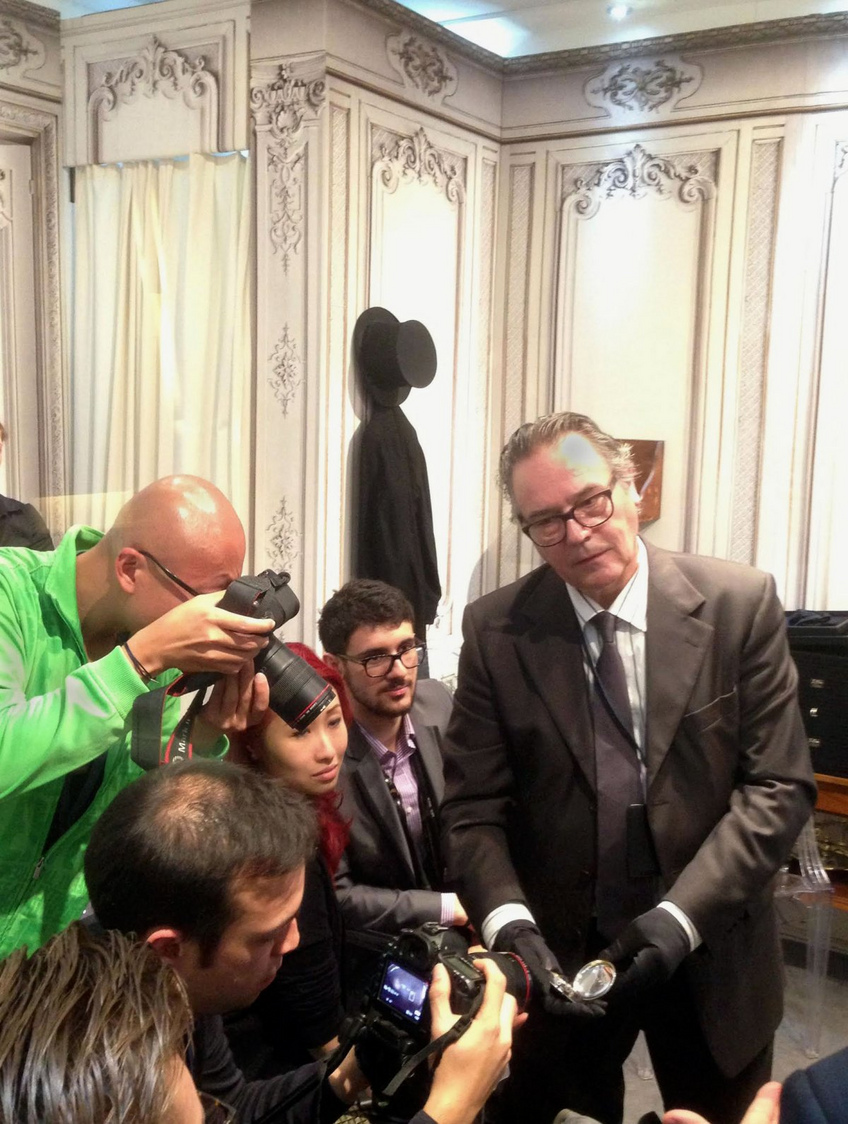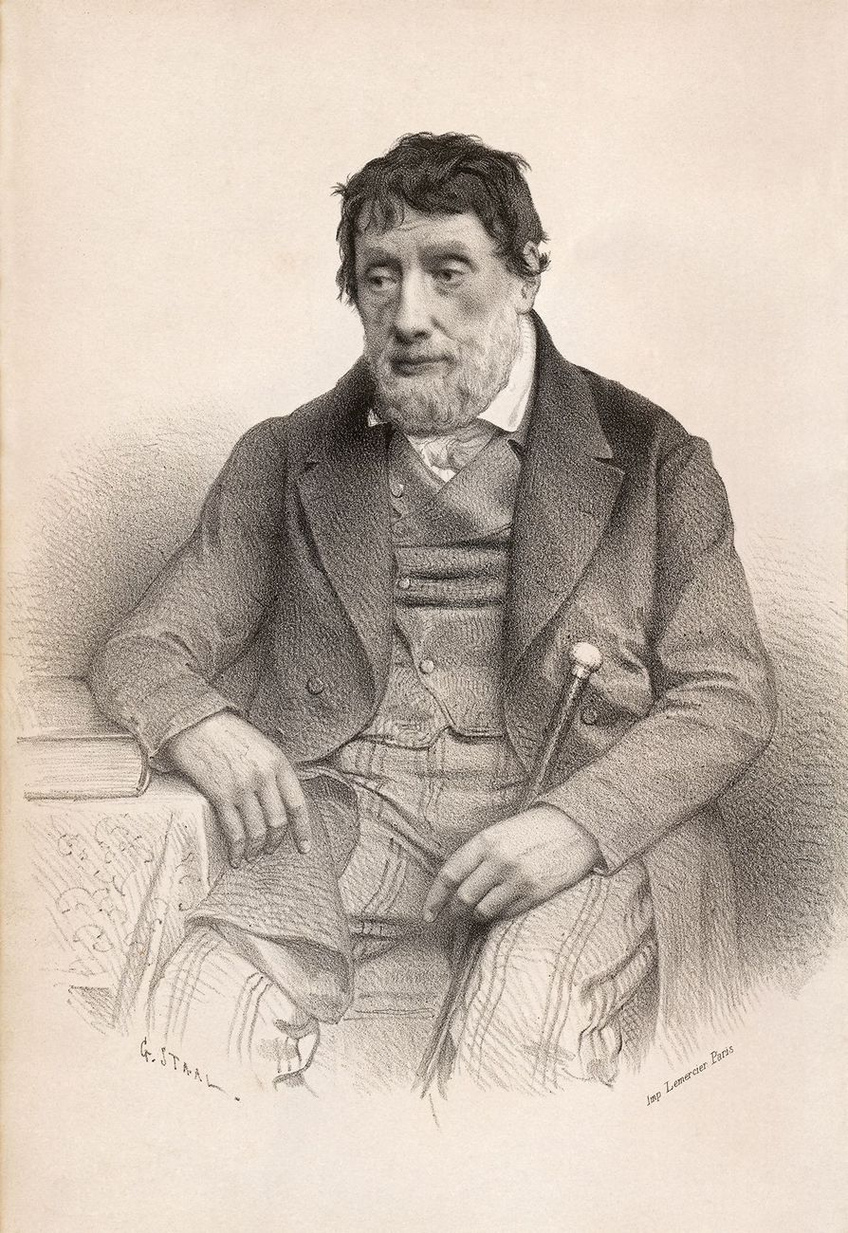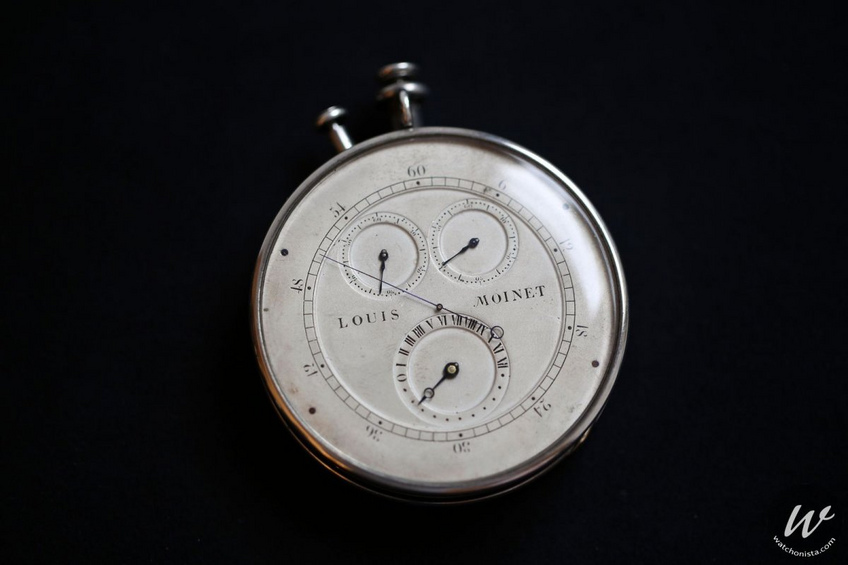

Louis Moinet Compteur de Tierces: a historian speaks
Bernard Vuilliomenet is passionate about the past. He incarnates the free-thinker with a curious mind and an expressive style that come straight from the heart. And he has seen many a fragment of horological history.Including the rediscovery of Louis Moinet…
Bernard Vuilliomenet was born in Peseux in 1946.He trained as a watchmaking technician and then worked with companies like Bulova Watch, the Laboratoire d’Ebauches SA, Jaeger LeCoultre, Ebel, Breguet and Vacheron Constantin. He is currently an independent horological historian, but was once the president of the FSMA (Fondation suisse pour les métiers d’art) and vice president of the ASHR (Association suisse pour la recherche horlogère). As such, he continues to play an active role in the world of horology, maintaining a scientific and passionate approach by means of certain instructive memberships:in the SSC, for instance (Société suisse de Chronométrie), or the Chronométrophilia, the Association suisse de la Mesure du Temps, and AFAHA, the Association française des amateurs d’horlogerie ancienne. He has seen some historic pieces, and that is what we are here to speak about.

What are some of the legendary pieces you were able to examine, touch, or even repair?
Mentioning them all would take too long, but I am most probably the person who has held the greatest number, along with Oswaldo Patrizzi. They include historical objects, timepieces that exhibit certain watchmaking techniques, often pieces that have belonged to people famous in their time.
What do you feel, generally speaking, when you are in the presence of an older timepiece that reflects the innovations of those times and the creativity of previous generations?
When you are holding a historical object in your hands, and when you can see the gradual evolution of technologies since the invention of the spiral balance spring escapement by Christian Huygens, and the invention of the frequency divider in 1694, well, you feel a great deal of emotion, mixed with a lot of modesty for the bare fact that you are allowed to analyze it in depth. I try to figure out why something was done one way and not the other, while remembering the tools the craftsmen of old had at their disposal to make such objects. It makes them even more exceptional and unique. There simply are no words to describe that kind of encounter with history.

Is horological history something special on its own, or is it one of the inevitable products of marketing?
I would say fifty-fifty. One part does deserve special honors, but the other part is the daily struggle to invent a past or legends in order to merely exist and justify what the brand is doing.It's basically quite sad...! Especially when you notice that it's not necessarily the smallest players who do it…
Has it happened often that what you have uncovered actually forces us to reconsider what we considered a fact of the past?
Oh yes, of course. It happens quite frequently in fact. When analyzing some facts, we often find that they actually emerged due to laziness. All too often, someone merely copied what others had stated arbitrarily. Alas, there are many examples of that.

Does the discovery of the Compteur de tierces force us to revise the date of the invention of the chronograph? To the extent that the word chronograph itself was even coined at a later date?
Yes, but so what. Even if we don't know a fact, it remains a fact. So you must always keep one thing in mind: Are we prepared to revise our idea of the past? For me, the answer is yes.
Does one have to question its veracity? What evidence is there today to suggest that the discovery of the Compteur de tièrces by Louis Moinet was not a plot of sorts?
Louis Moinet himself referred to the Compteur de tièrces in his 1848 treatise on horology and in an exchange of letters with his lawyer dating to 1823. In his writings, he describes the years 1815 and 1816. There are the four hallmarks engraved in the silver case and some drawings that one finds in his treatise, plus the testimony of six international experts. In addition – a first in horological history – we have some secret analyses of the metals that leave no doubt as to the authenticity of the piece, its originality and the date of creation.

Tell me frankly, while you had the Compteur in your hands, was there ever a moment when you had a doubt as to its authenticity?It seemed to be extremely well preserved...
Yes, the two previous owners of the Compteur gave this exceptional piece all due respect. The result for us in the 21st century is that we now have a piece that functions perfectly and is in outstanding physical shape.
And that is exceptional. The word "magic" comes to mind to describe the actual degree of quality.
Could you describe one by one the novel mechanisms invented by Louis Moinet for his Compteur de tierces? And what are the references and dates that shifted with the discovery of the piece?
One: the high frequency, 216,000 vph, or 6 a/s, 100 years earlier than we thought previously.
Second: a 60th of a second, displayed on 360 degrees, 85 years earlier.
Third: time measurement using a pusher installed at the pendant, 60 years earlier.
Four: mechanical zero reset using a second pusher, 80 years earlier.
Five: lay-out of the subdials, the seconds, minutes, hours, 75 years earlier.
Six: a power reserve indicator at the back of the watch, 50 years earlier.
Seven: a verge and foliot balance, escapement with a ruby tile, unique.
If this is not avant-garde, I don't know what is.
But watch out! The members of the planet of horological history is not unanimous about the dates I have mentioned above, because there is a little uncertainty that could go five years either way.

Speaking of necessity… Why did Louis Moinet conceive such a piece? What could have been his needs, his motivation?
He did it for personal reasons alone, and for his astronomical research. He explains this in his letters and in his 1848 treatise: the velocity of heavenly bodies, the recurrence of astronomical phenomena.
When handling this rare piece, did you ever want to know more about Moinet's life? What did he lack to become as known as Breguet today?
I only knew a bit about Louis Moinet's life, and I have been aware of the existence of this instrument since 1991 thanks to a former director of the CNAM in Paris.
Is it possible that we might discover another invention by Louis Moinet or another watchmaker from the past that could force us to continue revising our facts to the same extent as with the Compteur?
Yes, nothing is impossible…! We could indeed be surprised by yet another discovery. For example, it was thought impossible that Greek engineers could create a gearwheel. But the Antikythera movement does have numerous such wheels … Who cut them? And with what tools? No one can say. Yet, they exist.


